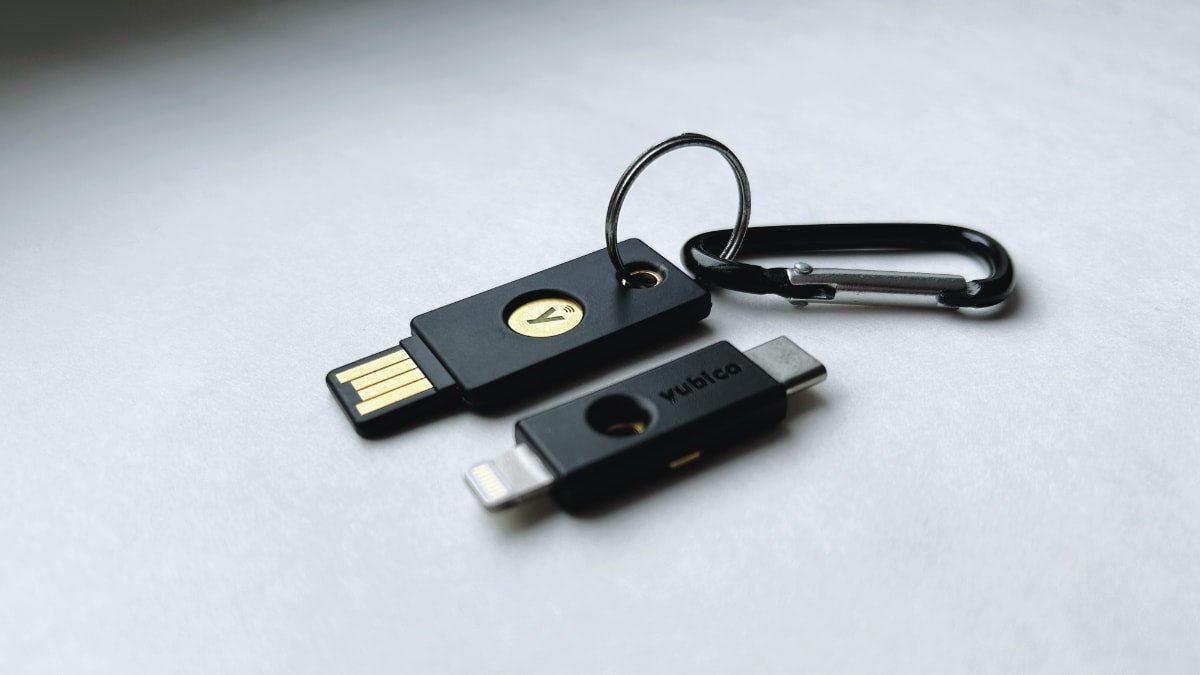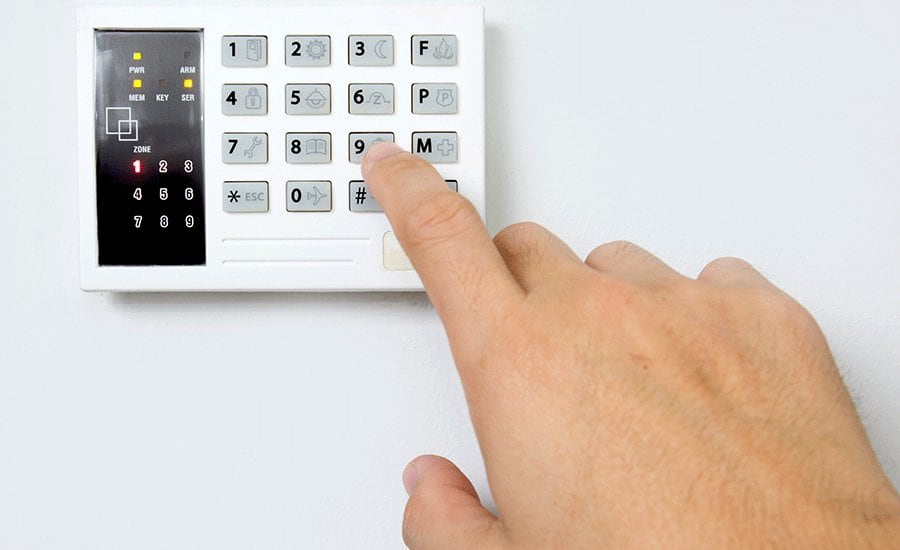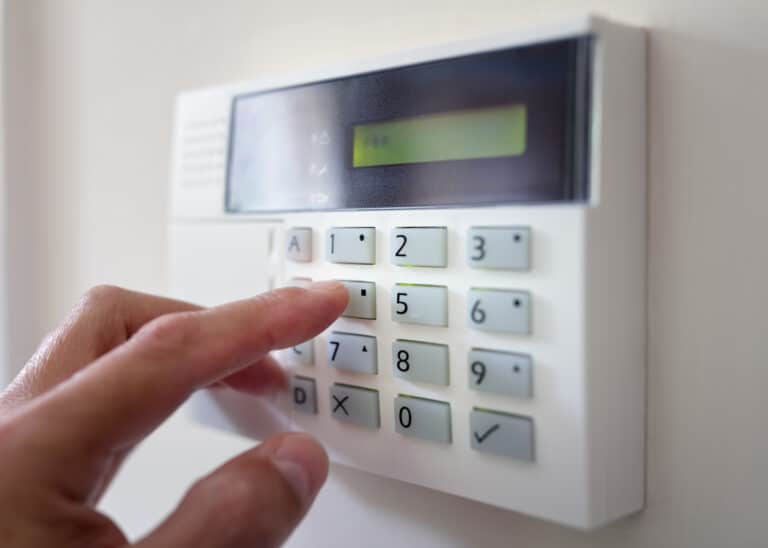Introduction
How To Reset Security Key: In an increasingly digital world, safeguarding our online accounts has become paramount. Security keys play a pivotal role in enhancing our online security by adding an extra layer of protection beyond traditional passwords. However, there are instances when the need to reset a security key arises – whether due to a lost key, a compromised account, or simply the desire to update security measures.
Resetting a security key might sound daunting, but with the right guidance, it’s a manageable process that ensures the continued safety of your valuable digital assets. This guide will walk you through the step-by-step process of resetting a security key effectively and efficiently.
We’ll demystify the technical jargon and provide you with clear, concise instructions regardless of your technical expertise. Whether you’re a seasoned tech enthusiast or just beginning to explore the realm of online security, this guide is designed to assist you.
We’ve got you covered, from learning why a reset might be necessary to learning how to reset different kinds of security keys. This article will equip you with the expertise to successfully reset a security key, as well as the understanding of when and why doing so is necessary.
How do I reset my Windows security key?
Reset a security key
- Open the Windows Settings app, select Accounts, select Sign-in options, select Security Key, and then select Manage.
- Insert your security key into the USB port or tap your NFC reader to verify your identity.
- Follow the on-screen instructions, based on your specific security key manufacturer.
Resetting your Windows security key is a fundamental step in maintaining the security of your device and data. If you find yourself needing to reset it, whether due to security concerns or a forgotten key, the process is manageable with the right guidance.
To reset your Windows security key, begin by accessing the “Settings” menu on your device. From there, navigate to the “Accounts” section and then to “Sign-in options.” Within this menu, you’ll find the option to manage your security key settings.
Before initiating the reset, ensure you have any necessary recovery information or alternate authentication methods at hand, as this will help streamline the process. Windows may prompt you to verify your identity through additional means before allowing you to reset the security key.
It’s essential to follow the prompts carefully to avoid any unnecessary hiccups. Keep in mind that the exact steps may vary slightly depending on the version of Windows you’re using.
By resetting your Windows security key, you’re taking proactive steps to reinforce the security barriers that protect your personal information. In an era where digital threats are ever-evolving, this process serves as a reminder of your commitment to maintaining a safe and secure online environment for yourself and your data.

How do I reset my network security key?
How to change your network security key?
- Type your router’s IP address into a browser tab and press Enter.
- Find a section for wireless, wireless settings, or wireless security.
- The best option for home networks is WPA2. Select it.
- Enter the new network security key.
- Confirm your changes if necessary.
Resetting your network security key is a fundamental troubleshooting step to ensure the security and functionality of your home network. If you’re facing connectivity issues, want to update your network password, or have forgotten the current key, a reset might be necessary.
To reset your network security key, follow these general steps:
- Access your router’s administration interface by entering its IP address in a web browser.
- Log in with your router’s admin credentials (often found on the router itself or in its manual).
- Navigate to the Wireless or Security section, where you’ll find the option to change your network key.
- Choose a strong and unique password. You can use a mix of letters, numbers, and symbols to enhance security.
- Save your changes and reboot your router if necessary.
- Keep in mind that these steps can vary slightly depending on your router model and manufacturer.
Resetting your network security key not only ensures a secure connection but also prevents unauthorized access to your network. As our digital lives become more intertwined with smart devices and online activities, maintaining a robust network security strategy is vital to protect your sensitive information and maintain seamless connectivity.
What is a security key?
What is a Security Key? A security key is a physical USB drive that connects with your devices, including computers and laptops, to prove identity to access specific resources on a network.
A security key is a physical device or application used to provide an additional layer of security for digital accounts and online services. It serves as a form of two-factor authentication (2FA) that enhances traditional password-based security.
Security keys work by needing two different things from the user in order to get into their account. Most of the time, the first factor is something the person knows, like a password. In this case, the second factor is the security key itself, which is something the person has. This combination of measures makes it considerably more difficult for unauthorized individuals to get access to the system, even if they obtain the user’s password.
Security keys come in various forms, including USB devices, NFC-enabled cards, and even smartphone apps. They generate unique cryptographic codes that change with each login attempt, adding an extra layer of complexity that significantly reduces the risk of unauthorized access.
This technology offers robust protection against various cyber threats such as phishing, where attackers attempt to trick users into revealing their passwords. By requiring physical possession of the security key, this method proves highly effective in thwarting such attacks.
Is the security key the same as a password?
Do I use the same password and security key for the LAN? Yes, the network security key is the same thing as your Wi-Fi password. People from outside your network will not be able to join if you use a strong password. There’s an extra amount of risk on public Wi-Fi networks, even if they keep your password safe.
A security key is not the same as a password. While both are components of digital security, they serve different purposes and provide varying levels of protection.
Passwords are secret pieces of information that users make up to prove who they are and get into their accounts. One thing the person knows is all that’s needed for this type of authentication. Even though a lot of people use passwords, they can be broken into if they are weak, used on more than one account, or fall for fake attacks.
On the other hand, a security key is a form of two-factor authentication (2FA). It adds an extra layer of security beyond just a password. A security key is a physical device or application that a user possesses. It generates unique codes or responses for each login attempt, making it extremely difficult for attackers to gain unauthorized access even if they have the user’s password.
In essence, a security key requires both something the user knows (the password) and something the user possesses (the physical security key) to gain access. This combination significantly enhances security by mitigating risks associated with password vulnerabilities.
While passwords are a familiar method of authentication, security keys provide a higher level of protection against various cyber threats, making them a more robust choice for safeguarding sensitive accounts and information in today’s digital age.
Where is the security key on the keyboard?
What Is Windows Security Button? Where Is It? How to Enable …
On most Windows PCs, there is no exact Windows Security button, as they already have built-in keyboards. To access the Windows Security button feature, you need to press the Ctrl+Alt+Delete keys together.
It’s important to note that the term “security key” can refer to different things depending on the context. If you’re referring to a physical security key for two-factor authentication (2FA) purposes, it’s not typically found on a keyboard.
However, if you’re referring to the “Windows Security” key or “Windows key,” it’s a key on computer keyboards that has the Windows logo on it. It’s usually located in the bottom row between the Ctrl and Alt keys on the left side of the keyboard. Pressing the Windows key opens the Start Menu or the Windows search bar, providing quick access to various functions and applications within the Windows operating system.
If you’re looking for a key related to security features like encryption or authentication, those typically do not have dedicated keys on a standard keyboard. These functions are usually managed through software settings, security applications, or external hardware devices like USB security keys.
Keep in mind that the layout of a keyboard can be different based on the brand and type of keyboard (e.g., ergonomic, desktop, or laptop). If you want to know how to use a certain security feature on your keyboard, you should look at the device’s manual or other relevant documents.

Why would I need to reset my security key?
Resetting your security key might be necessary if you suspect it has been compromised, or lost, or if you’re facing issues with its functionality.
Resetting your security key might be necessary for several reasons:
Compromised Key: If you suspect that your security key has been compromised or accessed by unauthorized individuals, it’s crucial to reset it to prevent potential breaches of your accounts.
Lost Key: If you’ve lost your physical security key, there’s a risk that someone could find it and misuse it. Resetting the key ensures that even if it falls into the wrong hands, it won’t grant access to your accounts.
Upgrade or Change: You might want to upgrade to a newer model of security key with advanced features or change to a different type of key that suits your preferences better.
Device Change: If you’ve changed devices, such as getting a new smartphone or computer, you may need to reset your security key to establish a connection between the new device and your accounts.
Security Maintenance: Just like updating passwords, resetting security keys periodically can be a security best practice. It ensures that your security measures are current and effective.
How do I initiate the reset process for my security key?
Initiating the reset process for a security key depends on the context. If you’re referring to a physical security key used for two-factor authentication, the steps may differ based on the service or platform you’re using. Generally, you would need to follow these steps:
Access Account Settings: Log in to the online account associated with the security key. This could be your email, social media, or any service that uses two-factor authentication.
Security Settings: Navigate to the security or authentication settings within your account settings. Look for options related to two-factor authentication or security keys.
Remove Existing Key: Find the option to remove or deactivate the current security key. This might involve confirming your identity through additional methods like entering a backup code or receiving a verification code via email or phone.
Add New Security Key: Once the old key is removed, you’ll have the option to add a new security key. Follow the prompts to set up the new key. This typically involves plugging in the physical key or using the NFC feature for wireless devices.
Verification: The process might require additional verification steps to ensure your identity. This could involve entering a temporary code or using another form of two-factor authentication.
If you’re referring to resetting a network security key, it involves changing the password for your wireless network. Access your router’s settings via a web browser, navigate to the wireless security section, and follow the prompts to change the network key.
Can I reset my security key if it’s not compromised?
Yes, you can reset your security key even if it’s not compromised. Resetting a security key doesn’t necessarily mean that the key itself is compromised. There are various reasons why you might want to reset your security key:
Regular Maintenance: Just like updating your password regularly, resetting your security key can be a part of your overall security hygiene. It ensures that your security measures are up to date and provides an extra layer of protection.
Lost Key: If you’ve lost your physical security key or suspect it’s misplaced, you might want to reset it to prevent anyone from potentially finding and misusing it.
Upgrade or Change: You might decide to upgrade to a newer model of security key with improved features. Or, you could simply want to change the type of security key you’re using.
Device Changes: If you’ve switched devices or platforms, you may need to reset your security key to establish the connection between the new device and your account.
Practice Run: Resetting your security key as a practice run can help you understand the process better, ensuring you know what to do in case an actual security concern arises.
Remember that the exact process of resetting a security key might vary depending on the service, platform, or device you’re using. Always refer to the official documentation or guidelines provided by the service to ensure you’re following the correct steps for your specific situation.

Conclusion
The importance of a secure online presence cannot be overstated, and resetting a security key stands as a crucial aspect of maintaining that security. As technology advances, so do the methods employed by malicious actors to compromise our digital lives. By understanding the reasons behind a security key reset and mastering the steps to undertake one, you’ve taken a proactive stance in protecting your online identity.
Regularly assessing and updating your security measures is a testament to your commitment to online safety. By following the instructions provided, you’re actively contributing to the resilience of your digital accounts against potential threats.
As you move forward, continue to stay informed about evolving security practices and adapt your strategies accordingly. Technology is a dynamic field, and your proactive approach will serve you well in the face of changing digital landscapes.
Thank you for investing the time to learn about resetting security keys. By implementing the insights gained from this guide, you’re not only fortifying your online defenses but also inspiring those around you to take their digital security seriously. Your efforts contribute to a safer digital world for everyone.

